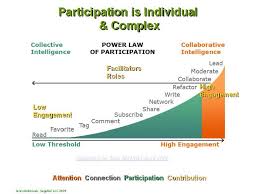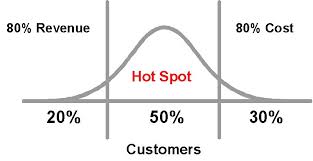 DonorDreams blog is honored to be hosting the May 2013 Nonprofit Blog Carnival. The theme this month is “Dear board volunteer . . .” and the idea is “If you could write an anonymous letter to a nonprofit board about something they do that drives you crazy, what would that letter look like and what suggested solutions would you include?” If you are a blogger and would like more information on how to participate and submit a post for consideration, please click here to learn more.
DonorDreams blog is honored to be hosting the May 2013 Nonprofit Blog Carnival. The theme this month is “Dear board volunteer . . .” and the idea is “If you could write an anonymous letter to a nonprofit board about something they do that drives you crazy, what would that letter look like and what suggested solutions would you include?” If you are a blogger and would like more information on how to participate and submit a post for consideration, please click here to learn more.
I wanted to expand the Nonprofit Blog Carnival concept in May. So, I reached out to real non-profit people and asked them to also write an anonymous letter to their board volunteers. These people are executive directors, fundraising professionals, board members, donors, community volunteers, consultants and front line staff. I promised everyone anonymity in exchange for their submissions.
We will celebrate May’s Nonprofit Blog Carnival on Wednesday, May 29, 2013. Up to that fun-filled day, I will publish real anonymous letters every day from real non-profit professionals right here at DonorDreams blog.
I hope you enjoy this real look at real issues that our community deals with on a daily basis.
Here is today’s letter:
Dear Board Members:
I’m absolutely thrilled and honored to be serving with each of you and to be of service to this fine organization. I consider my board service to be a privilege. I hope each of you feel the same way.
I do have some observations after serving on this board for the past seven months. They are as follows:
- Madame Board chair, respect your fellow board members. While you were a teacher during your professional days, you are no longer dealing with students. Your fellow board members, or at least this board member, is a professional. Treat me as you would like to be treated. If you are having a bad day, please keep that to yourself. Frankly, I couldn’t care less if you are crabby. Do you really want that fact recorded in our board minutes?
- Let’s try and have some fun with our board service. Our organization does not deal with life and death situations. It’s ok to interject some humor in or discussions.
- We need to hold our CEO accountable. Setting stretch goals, providing regular feedback on performance and completing a written performance evaluation is important to our work and central to us meeting our outcomes. Let’s not shy away from having the difficult and uncomfortable conversations with our CEO. We will be a better organization in the long run as a result.
- While fundraising is not central to our mission there is not one single reason why we cannot develop a culture of fund and friend raising in our organization.
- WE NEED A STRATEGIC PLAN. Let’s plan our work and work our plan.
- Twitter, Facebook, and Pinterest are here to stay. Our clients use social media. We need to be optimized across multiple communication channels. A website is great, but it’s no longer enough. The sooner we understand social media, the sooner we will reap the many benefits it has to offer us.
- Just because an organization is 4X larger or 4X smaller than we are, does not mean that we can’t learn from them.
- Can we please try to recruit fellow board members strategically?
- Can we do something socially as a board so we can get to know one another?
That’s all for me. Just some random early observations from your newest board member. In spite of the above, each of you, in your own way, has energized me around our mission and the importance of our work.
All the best,
The new guy
If you have some advice for the author of our anonymous letter, please be respectful and share it in the comment box at the bottom of this post. If you are a blogger looking to participate in this month’s Nonprofit Blog Carnival and want to learn more, then please click here.
Here’s to your health!
Erik Anderson
Founder & President, The Healthy Non-Profit LLC
www.thehealthynonprofit.com
erik@thehealthynonprofit.com
http://twitter.com/#!/eanderson847
http://www.facebook.com/eanderson847
http://www.linkedin.com/in/erikanderson847


















